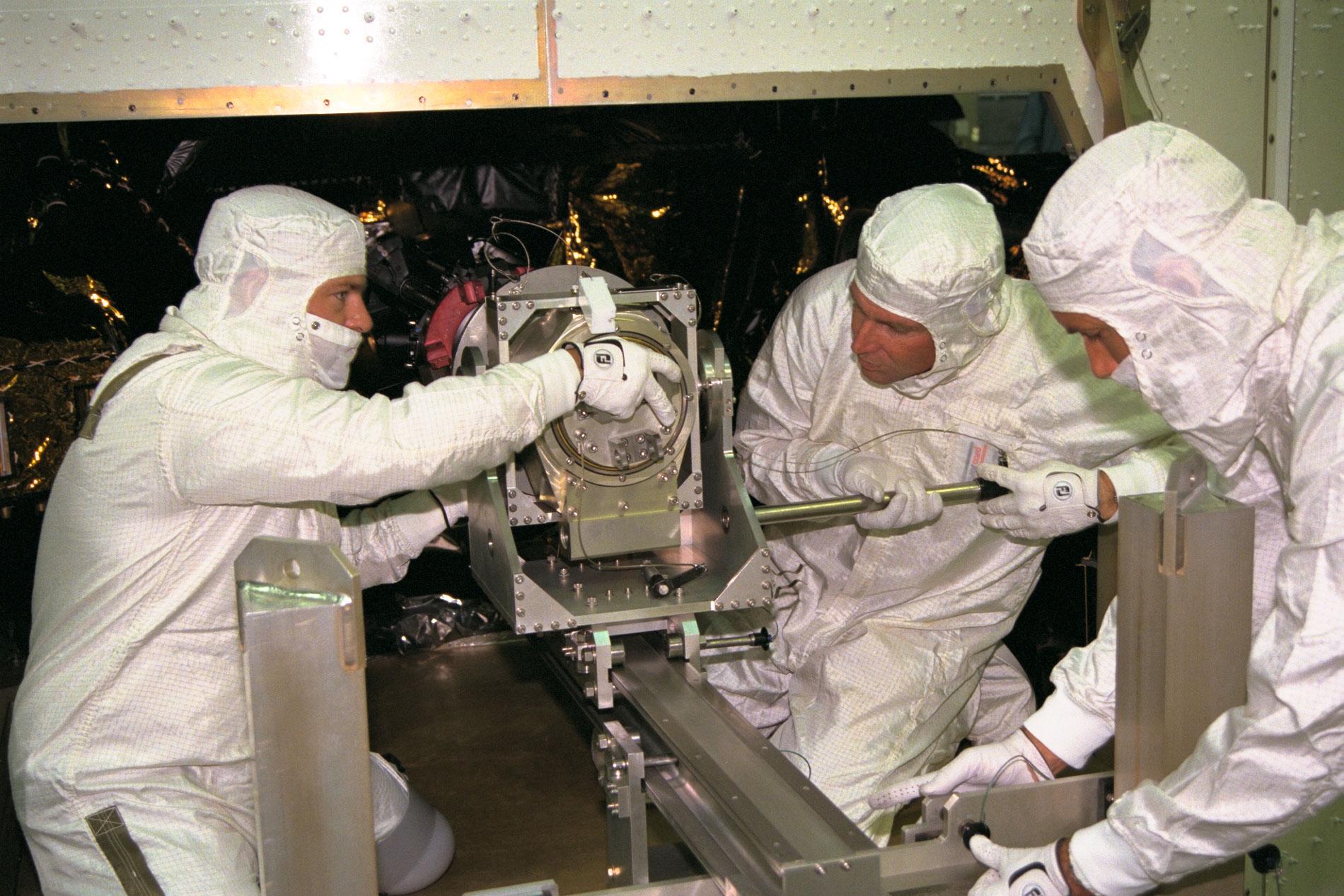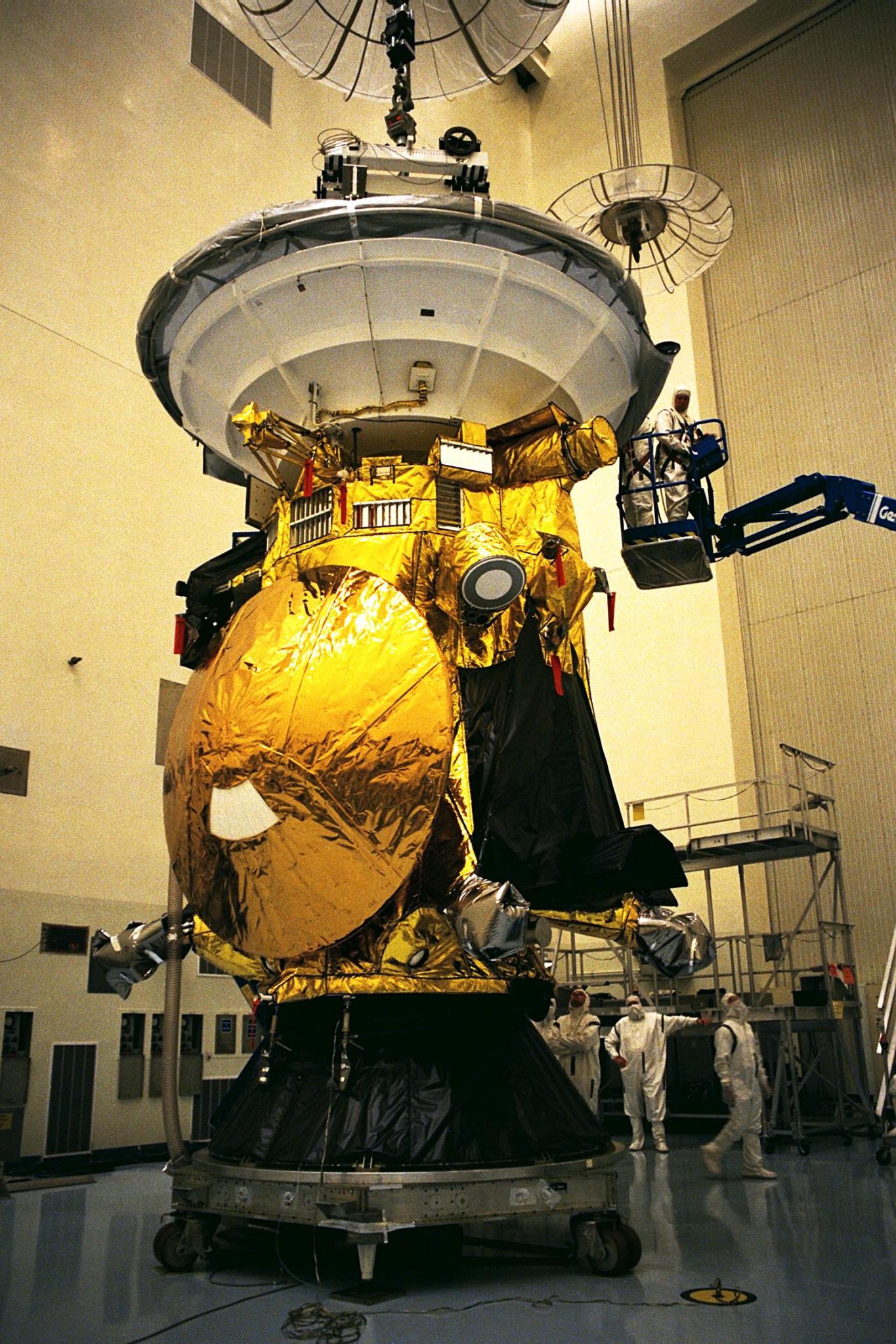By Linda Herridge
NASA’s John F. Kennedy Space Center
The spacecraft that revealed the remarkable planet Saturn to the world and sent back stunning images of its rings and nearby moons has completed its mission. NASA’s Cassini spacecraft made its final grand finale plunge into Saturn’s atmosphere Sept. 15, 2017. Cassini made distant flybys of Saturn moons Janus, Pan, Pandora and Epimetheus before making its last dive.
The spacecraft and its attached Huygens probe launched aboard a Titan IVB/Centaur rocket on Oct. 15,1997, from Launch Complex 40 at Cape Canaveral Air Force Station in Florida, on its seven-year, 2.2-billion-mile journey. It traveled another 1.1 billion miles while in orbit around Saturn.
Chuck Dovale, deputy program manager of the Launch Services Program at the agency’s Kennedy Space Center in Florida, served as the alternate launch director for the Cassini mission.
“Truthfully, I was probably scared to death because it was such an important mission for NASA at the time,” Dovale said. “It was huge for the expendable launch vehicle (ELV) community.”
Dovale recalls that the day of the first launch attempt, the ELV team stood down due to high winds, which actually served as a good practice round. When they came in the second day, the actual day of launch, it felt like they had more experience.
“It was definitely hand-wringing and a lot of stress,” Dovale said. “We worked anomalies through countdown. Processing and launching Cassini was such a high bar to set for the expendable launch vehicle team. And the Titan IV rocket was a pretty new vehicle to the organization at the time.”
Processing Cassini was different back then compared to present day. When Cassini arrived, it was processed in three or four different facilities at Kennedy. The Huygens probe was in one facility, Cassini in another, and three radioisotope thermoelectric generators, or RTGs, in another. Then, they all had to come together in a hazardous fueling facility.
“A larger than average Kennedy workforce was working Cassini,” Dovale said. “Back then, ELV was a small part of the big picture at Kennedy. Many times the center was working on space shuttle missions and ELV was kind of set on its own. This time, the entire center came together and rallied around Cassini because of the enormity of the mission.”
Cassini arrived in the Saturn system on June 30, 2004, and began a four-year mission to study the giant planet, its rings, moons and magnetosphere. The spacecraft made 22 weekly dives between the planet and its rings. It continued to beam back to Earth hundreds of gigabytes of scientific data. The Huygens probe made the first landing on a moon (Titan) in the outer solar system.
The Cassini mission helped set in motion the creation of the Launch Services Program based at Kennedy. The tasks that were spread out across three centers were now going to be consolidated at Kennedy.
The program now has been launching robotic satellites for nearly two decades for the agency. Some of the same vehicles will be used by the Commercial Crew Program to launch crews to the International Space Station. Dovale said there’s a lot more synergy within Kennedy and the entire agency because of that.

As for Cassini’s final plunge, Dovale said it’s a little bittersweet, but it’s provided amazing images and literally is rewriting the history books. “There is stuff we’re learning just from seeing storms on Saturn that are actually educating us here on how storms behave on Earth. That’s incredible to know,” Dovale said.
Only a handful of folks who worked hands-on with Cassini remain at the agency, and Dovale says they’re always ready to share information with curious new members of the Launch Services team.
“They seek us out to ask what it was like and what’s different about Cassini than it is today. There’s enough of us to still tell the stories,” Dovale said.
The Cassini-Huygens mission was a cooperative project of NASA, the European Space Agency and the Italian Space Agency. NASA’s Jet Propulsion Laboratory in Pasadena, California, managed the mission for the agency’s Science Mission Directorate. JPL designed, developed and assembled the Cassini orbiter.




























